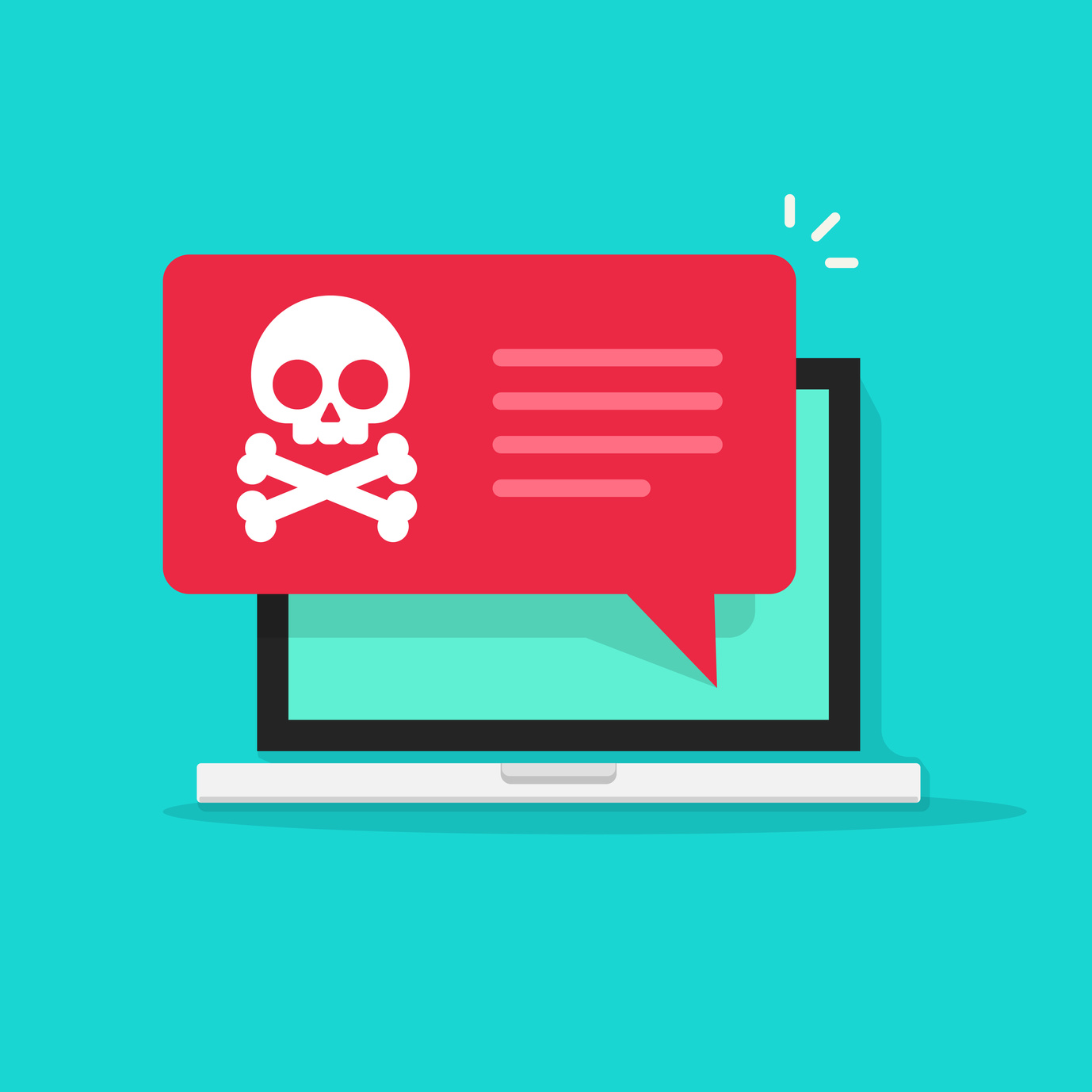As a hospital director, it’s your sole priority to protect your patients. Keeping them clean, healthy and safe is vital, which also means safeguarding patient data.
Today’s hospitals connect using networks, computers and mobile devices. This streamlines the tasks of hospital personnel, but it also increases the risk of cyber attacks.
Now, there are different types of cyber attacks you have to safeguard against. In the below guide, you will learn about some of these common hazards.
Malware
If you own a personal computer, you may have had issues with malware at some time or another. This normally pops up when you open attachments found in malicious emails.
It’s a clever way for hackers to infiltrate your system. So it’s very important to educate your staff about not opening suspicious emails.
The term malware refers to various types of harmful software. This includes ransomware and viruses. Once malware gets onto your hard drive, it wreaks havoc. It gains control of your computer, then begins monitoring everything you type and do.
It works silently in the background stealing confidential data and sending it to the attacker’s home base.
Cross-Site Scripting
Health facilities with websites are at special risk of cross-site scripting, also known as XSS. The attacker injects a malicious code into your website. Then it goes after the visitors rather than the website itself.
XSS is implemented by simply including the code in a comment or script that runs automatically. For instance, including malicious JavaScript within a blog comment.
The purpose of these attacks is to target credentials and sensitive financial data. Some hospitals and clinics use financial services like Rev-Ignition.
This company offers monthly patient statement processing, financial reporting and even IT hosting services. Remember, the host you use will determine the security of your website. You can learn more about improving your financial security using a secure site.
DoS Attacks
Denial of Service (DoS) attacks is quite common. For instance, you may have heard about these types of cyber attacks used on the Xbox and PlayStation online networks.
It’s when your servers are flooded with more traffic than it can handle. This overload causes the website server to crash. Once this happens, your staff and patients will have problems accessing the website.
Session Hijacking & Man-in-the-Middle Attacks
Anytime you’re on the internet, you’re at risk of various types of cyber attacks. This is because your computer is consistently sending and receiving data from websites and services.
On a secure server, your computer receives a unique session ID. This remains private between the server and computer, or at least it’s supposed to. However, the session ID becomes compromised during session hacking.
After stealing the session ID and using his own computer for the attack, the hacker gains access to unauthorized data. Cross-site scripting attacks are also used to steal session IDs. The attacker can even intercept information between the server and computer. This is known as man-in-the-middle attack.
Protection for Different Types of Cyber Attacks
Now, what are your next steps for securing your website and database? For starters, you need to find quality hosting. At SiteUptime, you receive quality hosting and reliable website monitoring.
So you know right away when your site is down and how long it’ll take to get back up. Uptime reports show the consistency of your website availability, which you view right from your dashboard.
Stop by SiteUptime today to find out more about getting the support your website needs to thrive.




